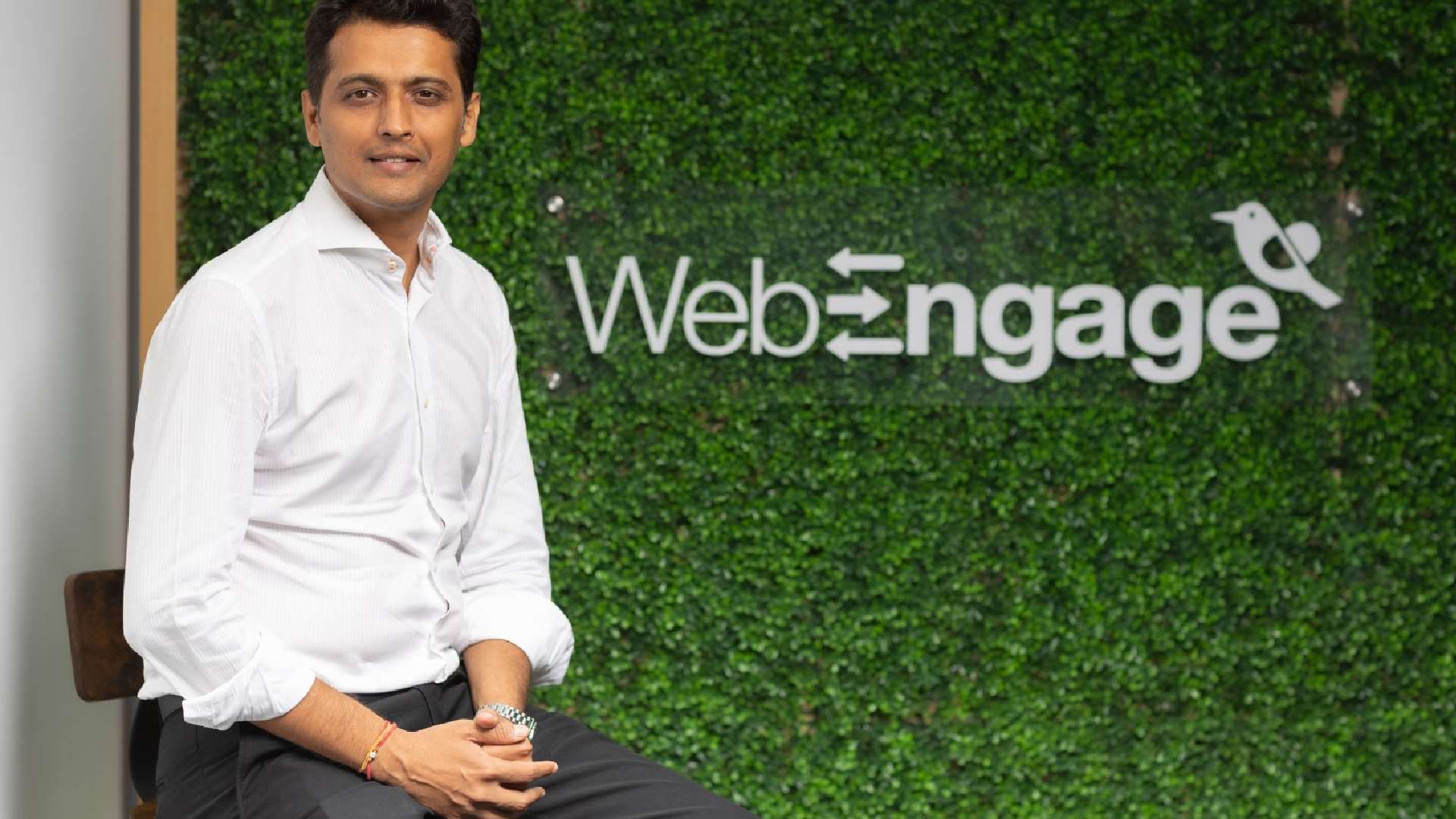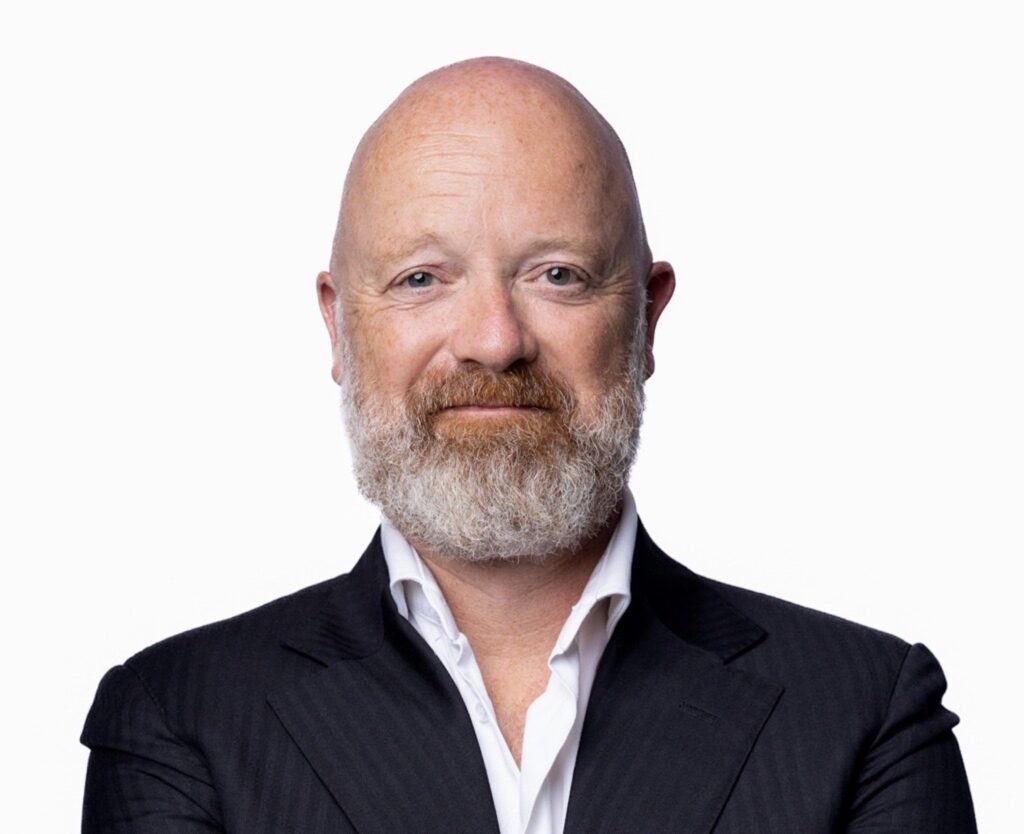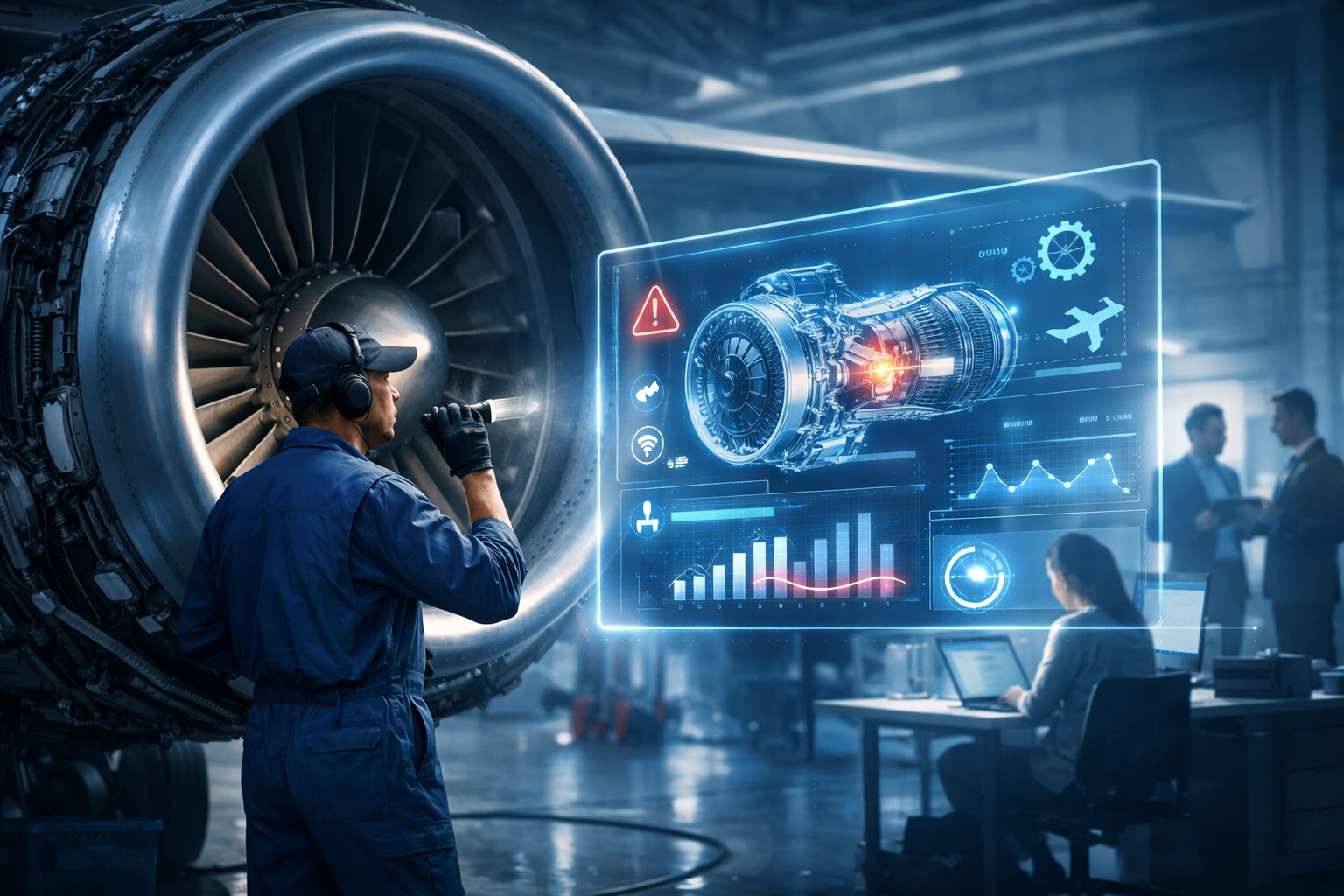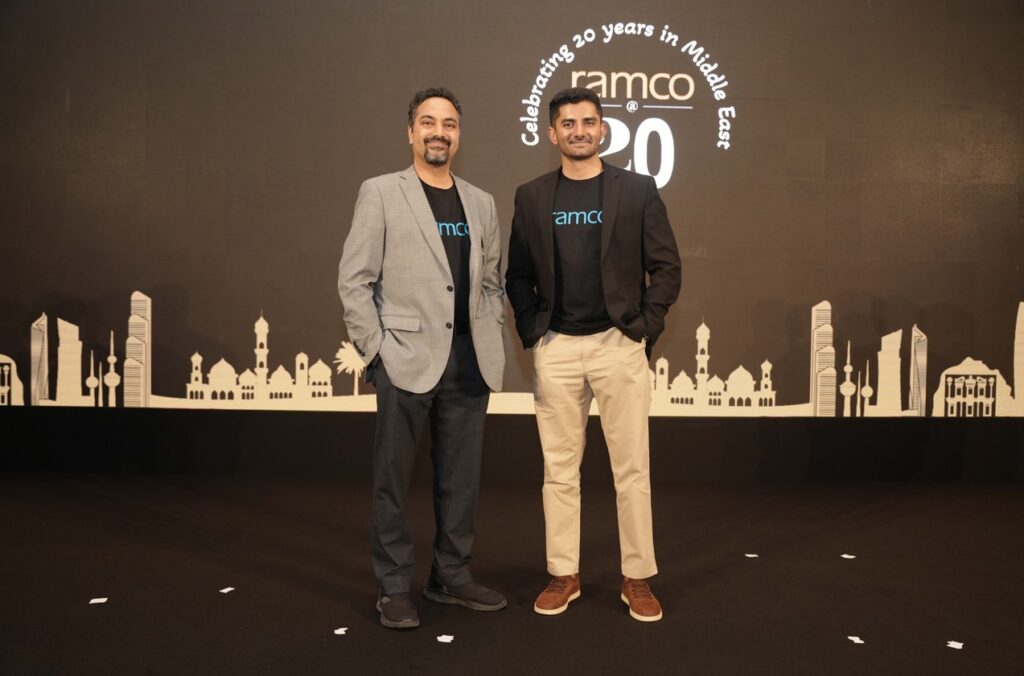Technology
BD to Reinforce the Region’s Healthcare Stance With Cutting-Edge Technology and Solutions

The Dubai branch of BD (Becton, Dickinson, and Company), a medical technology company, presents its latest innovations and solutions focused on patient safety to support clinicians’ efforts to move from piecemeal interventions to a total systems approach for safety.
“The pandemic put the healthcare sector to the test in terms of stability and preparedness, demonstrating the need for healthcare providers to adopt advanced technology to meet the growing needs of patients,” said Maher Elhassan, Vice President and General Manager, BD Middle East, North Africa, and Turkey.
At Arab Health 2022, the company will demonstrate the full potential of its innovations through the collaboration of its Medical segment with Medication Management Systems and Medication Delivery Systems, and the BD Interventional segment. BD will display a series of solutions that will focus on the prevention of potential medication errors and Healthcare-Associated Infections (HAIs) alongside innovations that will empower medical professionals to perform timely, accurate, and appropriate diagnostics practices to support effective decision making in providing the safest and most effective care possible in the region.
Additionally, at Medlab 2022, the company’s Lifesciences segment will showcase integrated diagnostic solutions and services, including safe and integrated specimen collection, specimen diagnosis, and data management for better patient comfort. The company will also present solutions that incorporate artificial intelligence to drive laboratory efficiency with customized microbiology automation platforms and dedicated value-added services.
Tech Interviews
AI-POWERED CUSTOMER ENGAGEMENT, CONTEXTUAL MARKETING & MORE

Exclusive interview with Hetarth Patel, Vice President – Growth Markets (MEA, Americas, APAC), WebEngage
What role is AI playing in customer engagement in the region?
AI brings precision to moments that were previously handled with guesstimates. It identifies which customers are exploring something new, which ones are hesitating, and which ones may never return unless they’re nudged at the right time. That improves the experience without making users feel monitored or overwhelmed.
Across verticals, AI helps determine how frequently someone should be contacted, what format resonates with them, and when they’re most open to taking the next step. When communication follows the customer’s rhythm instead of the brand’s, loyalty strengthens naturally.
We are hearing more and more about contextual marketing. How would you define it in today’s Middle Eastern digital economy?
Contextual marketing in the Middle East is about recognising intent as it forms, not after the fact. Consumers in this region move quickly – comparison, consideration, and decision often happen in a single session. So brands need to respond to micro-signals in real time. When a platform can interpret these cues, the experience becomes smoother: relevant suggestions appear naturally, checkout journeys shorten, and customers feel understood without being overwhelmed. For businesses, this reduces wasted impressions and strengthens the quality of engagement. You convert the right people. The result is tighter spending, better retention, and a more predictable path to revenue.
How are customer engagement platforms evolving in the face of AI copilots and automations?
They’re becoming systems that support both momentum and oversight. Marketers in this region want recommendations, not replacements. The AI copilot element helps interpret data faster and flagging sudden behaviour spikes, suggesting audiences worth testing, or predicting where attention is drifting.
At the same time, automation has matured. Journeys can react to dozens of signals without manual input, and campaigns update themselves based on performance. This dual structure works well in markets like Saudi Arabia, where digital maturity is rising sharply. Teams get strategic clarity from the copilot, while automation handles the heavy lifting in the background.
Which technologies are proving most effective in helping GCC brands improve customer experience, ROI, and business outcomes?
The most effective setups are the ones where data moves freely. A Customer Data Platform(CDP) becomes powerful when it ingests live activity, loyalty signals, support tickets, and payment behaviour without friction. CRMs enrich that view with relationship history. Data lakes contribute long-term patterns that sharpen predictions.
What GCC brands are solving today is fragmentation. Teams get a single view of the user and can respond with confidence by connecting these systems cleanly. It also gives them the ability to test smaller ideas quickly instead of betting on broad, expensive campaigns. Better alignment across these tools results in higher ROI because every action is anchored in accurate context.
Across Saudi Arabia and the UAE, what improvements have you seen when brands move to AI-powered customer engagement and automation?
The most noticeable improvement is consistency. Brands no longer depend on campaign calendars to stay relevant, the system keeps the conversation going based on what users actually do. AI also cuts out the “one-size-fits-all” messages that used to frustrate customers across email, push, and in-app channels.
In sectors like airlines, grocery delivery, and financial services, we’ve seen repeat engagement rise simply because journeys adjust themselves. For example, a traveller exploring upgrade options receives timely details about availability rather than a generic newsletter. These small shifts accumulate and create clearer funnels, and a more efficient use of marketing time.
Could you share an example?
A recent example is NICE in Saudi Arabia, a brand with a large offline footprint that wanted deeper digital loyalty. Once their web and app activity were stitched together, the team could finally see how customers moved between browsing, carting, and store visits. That led to rethinking their journeys around intent instead of promotions.
As soon as they shifted to behaviour-led engagement – reactivating dormant shoppers, personalising recommendations, and automating recovery journeys – repeat visits rose sharply and engagement grew 148%. The improvement came from recognising micro-signals and responding early.
What is WebEngage’s long-term vision for the Middle East as brands shift from acquisition-heavy models to retention-driven growth?
Our long-term vision is to make retention operationally simple and strategically central. GCC businesses view retention as the engine that stabilises revenue. We’re building toward a future where engagement, loyalty, data governance, and service workflows sit within one connected layer.
This will allow brands to identify intent across channels, respond instantly, and measure outcomes with much greater accuracy. The goal is to help enterprises move from “sending messages” to designing relationships that last a lifetime.
How have you adapted in the face of these advancements?
Our competitive edge comes from how we operate, not what we claim. Scale, market rankings, and platform breadth matter, but they’re outcomes and not differentiators. What truly moves the needle for our customers in the Middle East is the way we build with flexible data architecture, a composable CDP that adapts to their systems rather than forcing a migration, and activation tools that work reliably at enterprise scale.
We’ve grown by treating engagement as an engineering problem rather than a marketing challenge. That mindset is what helps us scale. The idea is to make sure our fundamentals are strong enough to create the next set of milestones.
With regulations like PDPL and sector-specific frameworks in place, how essential is consent management for brands operating in the Middle East?
Consent management has become a structural requirement, especially as more industries digitise service delivery. It’s no longer about obtaining a checkbox, it’s about ensuring that user preferences flow across every system the brand uses – marketing, support, loyalty, and analytics.
In regulated categories, inconsistent consent handling can invalidate entire engagement programs. We address this by integrating with specialised consent tools so preferences update instantly across channels. Customers notice when brands respect these boundaries, and that strengthens long-term relationships.
What differentiates WebEngage in this region, and where do you see opportunities?
What sets us apart is our ability to adapt deeply to each organisation’s structure, whether it’s a fast-scaling marketplace or a highly regulated enterprise. The platform integrates into complex ecosystems without forcing data to move in unnatural ways.
Where we continue to evolve is governance, onboarding speed, and advanced modelling. The need for more precise controls and predictive capabilities increases as sectors like telecom, aviation, and financial services expand their digital footprints . We’re building tools that help teams act faster while meeting regulatory expectations with confidence.
What advancements can we expect from WebEngage in the next 12 months?
We’re now building on top of the foundations that already work well for our customers. The next phase is about reducing the effort needed to go from insight to action. After launching Insights CoPilot, we’re extending the ecosystem with Segmentation and Campaign CoPilot, and Governance CoPilot will follow. Each one is designed to shorten the path from understanding behaviour to acting on it with confidence.
In parallel, we’re deepening our machine-learning models so the system can recognise subtle behavioural shifts and adjust journeys with more nuance. The aim is to let the platform handle the operational complexity quietly in the background, while marketers focus on strategy, creativity, and the larger customer experience.
Tech News
Loylogic Shares 2026 Vision to Advance the Global Rewards Marketplace

Advanced AI innovation, intelligent marketplace design, and trusted global infrastructure position Loylogic for continued leadership in rewards and loyalty commerce.

As the Middle East loyalty market is projected to reach $3.27 billion in 2025, expanding 16.3% year-on-year, and digital-first, personalized, and coalition-based models reshape the industry, brands face rising expectations around relevance and engagement. Against this evolving landscape, Loylogic, a leader in global loyalty rewards management, today shared its 2026 strategic outlook, outlining how the company is evolving its global rewards marketplace to support brands navigating rapidly changing loyalty expectations.
The company enters the year with a renewed focus on continued investment in AI-powered rewards marketplace intelligence, enhanced catalogue curation, and deeper integration capabilities designed to improve reward relevance, partner value, and member experience across industries and geographies. Rather than simply expanding choice, Loylogic’s approach centres on intelligent rewards marketplace design, aligning consumer relevance, operational efficiency, and long-term value creation within a single global platform.
To support enterprise scale deployment, Loylogic continues to operate under a robust compliance and security, compliance and governance framework. The company adheres to internationally recognised standards ISO 27001, GDPR, PCI DSS, and AES-256 encryption, ensuring secure and trusted data handling across every layer of its technology while maintaining alignment with the European Accessibility Act 2025 and WCAG 2.0. All platforms remain adaptable to regional data residency and regulatory requirements.
“As loyalty programs mature, brands are looking beyond scale alone,” said Gabi Kool, CEO of Loylogic. “They want reward ecosystems that are smarter, more relevant, and commercially sound. Our focus for 2026 is about advancing how global rewards marketplaces are designed, governed, and experienced, combining intelligence, trust, and flexibility.”
Advanced AI innovation is central to Loylogic’s next phase of growth. Loylogic continues to enhance its use of advanced analytics and machine learning to support smarter reward discovery, improved marketplace performance, and deeper insights for loyalty operators, while maintaining strict standards for privacy, security, and compliance.
“Our innovation efforts are focused on making rewards marketplaces more intelligent and adaptive,” said Amit Bendre, COO of Loylogic. “This means better insight, better decision support, and better experiences, without compromising on trust, transparency, or regulatory rigor.”
Looking ahead to 2026, Loylogic plans to deepen collaboration with global partners, engage more actively with industry stakeholders, and selectively strengthen capabilities across commercial, product, and technology functions, supporting a growing pipeline of enterprise clients across financial services, travel, and consumer sectors. With a proven global infrastructure, deep marketplace expertise, and a clear strategic direction, Loylogic continues to help leading brands transform everyday engagement into meaningful, long-term loyalty.
About Loylogic
Loylogic is a leader in global rewards marketplaces for loyalty and incentives management, enabling brands to deliver scalable, flexible engagement experiences through a modern commerce platform. Its global catalog and redemption marketplace support meaningful engagement across B2C, B2E, and B2B programs worldwide. With deep expertise in sourcing, fulfilment, and patented points-plus-cash innovation, Loylogic has enabled over 200 billion points and miles transactions, delivered more than $1 billion in commerce, and shipped experiences spanning 100+ categories across 190 countries to more than 10 million loyalty members worldwide.
Tech Features
The Bold AI Rewrite of Enterprise Software!

By Srijith KN, Senior Editor, Technology Integrator
Celebrating more than two decades in the region—and backed by over 800 enterprise customers—Ramco Systems is not merely expanding; it is doubling down on its presence. With a 50-member local team and a roadmap anchored in deep product localization, the company’s strategy is clear: build for the region, in the region. Local language support, government-portal integrations, and strict alignment with regional data privacy laws form the foundation of Ramco’s next chapter.

At the media roundtable held in Dubai as part of Ramco@20, Integrator had a front-row view into the company’s transformation; one that is not just incremental but architectural. From pioneering client-server systems to shaping modern SaaS platforms, Ramco has long played in the innovation lane. But what they are now setting their sights on could reshape the enterprise software landscape once again: AI-native enterprise systems.
From System of Record to System of Intelligence
Ramco’s next strategic leap is a shift from traditional enterprise software—rigid, transactional, and complex—to a fluid “system of intelligence.” Imagine an enterprise app that doesn’t wait for instructions but proactively surfaces insights, flags anomalies, and allows employees to manage operations through natural conversation. That is the future Ramco is building toward.
One of their strongest verticals—HR and payroll—illustrates this ambition. They already support organizations with massive workforce structures, including companies with over 100,000 employees and more than 1,000 pay components. Under an AI-powered interface, many of these complicated workflows will compress into simple prompts, removing friction from one of the most complex business domains.
A ChatGPT-Like Canvas for Enterprise Work
The company demonstrated an early preview of its conversational interface; a clean, unified canvas where users can query pending purchase requests, generate reports, or even create purchase orders using a single natural language prompt. The UX remains consistent for all, but the underlying workflows, context, and AI-generated outputs adapt to individual users and company-specific processes.
But the most compelling use cases emerged when the discussion shifted to aviation; a sector where Ramco already has deep domain expertise.
AI on the Hangar Floor: A Glimpse into Aviation’s Future
Picture a technician standing beside a massive aircraft engine, disassembling components, identifying faults, replacing parts, and logging every detail meticulously. Aviation is unforgiving—every part must meet airworthiness standards, track flying hours, and comply with stringent regulations. Only certified personnel can work on the engine, and even the tools they use must be OEM-mandated.
Now layer AI into that setting.
As a technician opens an engine and reports an issue—say, a damaged blade—the AI instantly scans 15–20 years of historical maintenance data. It recognizes patterns and alerts the technician:
“John, you’re replacing this blade on an A380. Historically, whenever this part is replaced, another related fault tends to appear within eight months. Would you like to inspect that area as well?”
This is not a textbook recommendation. It is institutional memory—decades of real-world faults and fixes—surfacing as real-time intelligence. The system becomes a second expert on the floor, conversing with technicians, guiding actions, and ensuring nothing slips through the cracks. This simple conversational canvas, Ramco argues, has the potential to reshape ground-level operations in one of the world’s most complex industries.
The Critical Question: What About Data Privacy?
As enterprise AI evolves, the most pressing concerns are no longer about innovation; they’re about protection. So, we asked the question that matters most: How does Ramco secure customer data in an AI-driven future?
Their answer was reassuringly clear:
- All AI workloads are hosted locally within the customer’s private environment.
- Data never leaves the region. Workloads are deployed in the customer’s local data center.
- Every customer gets an isolated AI instance. No shared environments, no cross-pollination of data.
- No external web calls, ensuring full containment and compliance.
In an era where enterprises fear the opacity of AI, Ramco is betting on transparency and regional sovereignty.
The Road Ahead
Ramco’s mission is ambitious: to redefine enterprise apps through AI and shift the industry from systems that store data to systems that think. And based on what we witnessed at Ramco@20, this is not a distant vision; it is already taking shape on factory floors, in payroll departments, and inside aircraft hangars.
The next era of enterprise software won’t just automate processes. It will understand them. And Ramco is positioning itself to become one of the first global players to make that leap—from record-keeping to intelligence-building—right here in the region.
About Ramco Systems
Ramco Systems is a world-class enterprise software product/platform provider disrupting the market with its multi-tenant cloud and mobile-based enterprise software, successfully driving innovation for over 25 years. Over the years, Ramco has maintained a consistent track record of serving 800+ customers globally with 2 million+ users and delivering tangible business value in global payroll, aviation aerospace & defense, and ERP. Ramco’s key differentiator is its innovative approach to develop products through its revolutionary enterprise application assembly and delivery platform. On the innovation front, Ramco is leveraging cutting-edge technologies around artificial intelligence, machine learning, RPA, and blockchain, amongst others, to help organizations embrace digital transformation.
-

 Tech News1 year ago
Tech News1 year agoDenodo Bolsters Executive Team by Hiring Christophe Culine as its Chief Revenue Officer
-

 VAR8 months ago
VAR8 months agoMicrosoft Launches New Surface Copilot+ PCs for Business
-

 Tech Interviews2 years ago
Tech Interviews2 years agoNavigating the Cybersecurity Landscape in Hybrid Work Environments
-

 Tech News5 months ago
Tech News5 months agoNothing Launches flagship Nothing Phone (3) and Headphone (1) in theme with the Iconic Museum of the Future in Dubai
-

 Tech News2 years ago
Tech News2 years agoBrighton College Abu Dhabi and Brighton College Al Ain Donate 954 IT Devices in Support of ‘Donate Your Own Device’ Campaign
-

 VAR1 year ago
VAR1 year agoSamsung Galaxy Z Fold6 vs Google Pixel 9 Pro Fold: Clash Of The Folding Phenoms
-

 Editorial1 year ago
Editorial1 year agoCelebrating UAE National Day: A Legacy of Leadership and Technological Innovation
-

 Cover Story10 months ago
Cover Story10 months agoUnifonic Leading the Future of AI-Driven Customer Engagement















